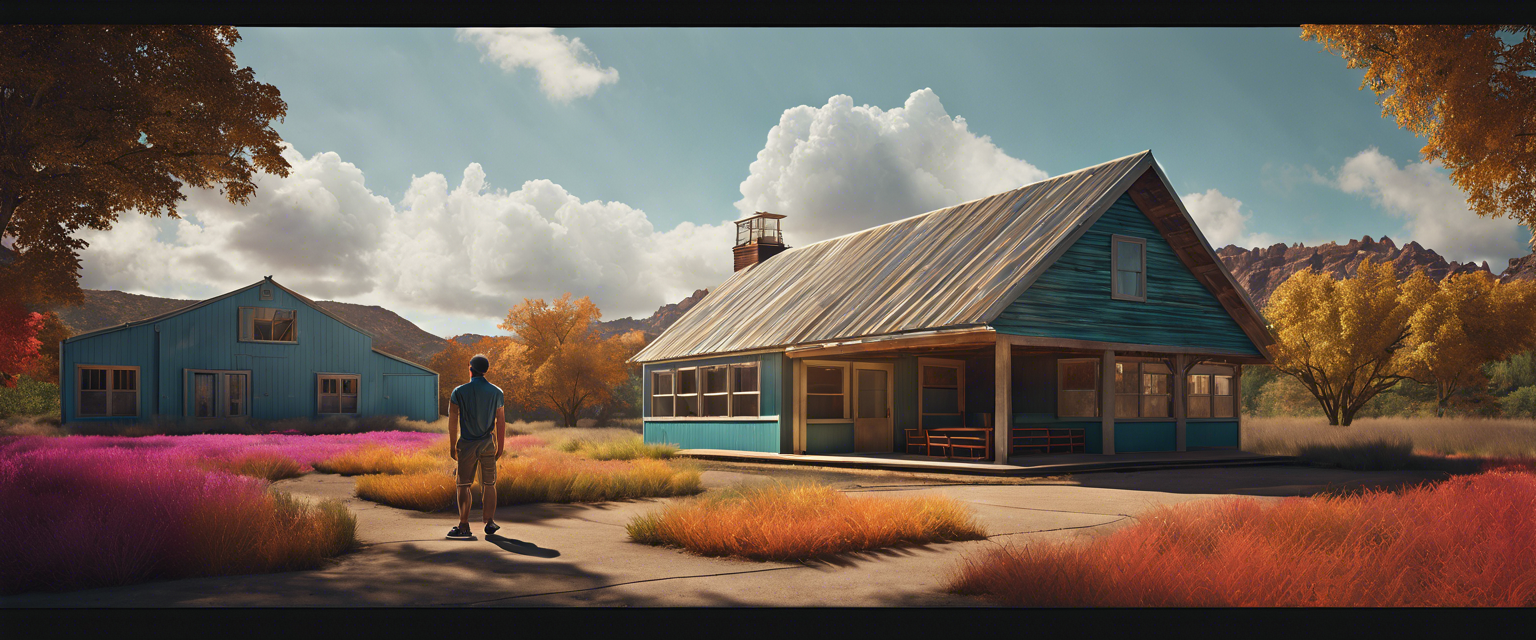Understanding InPainting: The Revolutionary AI Technique
InPainting is an innovative AI technique that has gained traction in the fields of image generation and editing. This method allows for the intelligent filling of missing parts of an image with content that is both visually appealing and semantically relevant. Thanks to advancements in artificial intelligence, InPainting solutions have surpassed traditional editing methods used by most artists.
What is InPainting?
At its core, InPainting leverages advanced algorithms, commonly driven by convolutional neural networks (CNNs), to analyze the features of an image and fill in missing sections. This process can be incredibly useful across various applications, such as:
- Enhancing advertisements
- Improving Instagram posts
- Fixing AI-generated images
- Repairing old photographs
The versatility of InPainting makes it a valuable tool for artists, marketers, and everyday users who want to enhance their visual content.
Introducing Stable Diffusion
One of the leading platforms for implementing InPainting is Stable Diffusion. This sophisticated latent text-to-image diffusion model is capable of generating stylized and photorealistic images. Pre-trained on a subset of the LAION-5B dataset, Stable Diffusion can be effortlessly run on consumer-grade graphics cards, making stunning artistic creations accessible to everyone.
Step-by-Step Guide to InPainting with Stable Diffusion
If you want to explore InPainting using Stable Diffusion, follow this simple tutorial to perform prompt-based InPainting without manually painting the mask:
Prerequisites:
To get started, ensure you have a capable GPU or access to Google Colab with a Tesla T4. You will need three mandatory inputs:
- Input Image URL
- Prompt for the part of the image you wish to replace
- Output Prompt
Steps to Perform InPainting
- Install Necessary Tools: Begin by installing an open-source Git extension for versioning large files and then cloning the Clipseg repository.
- Install Required Packages: Use PyPi to install the diffusers package and additional helpers, followed by installing CLIP via pip.
- Login to Hugging Face: Run the command to log in and accept the Terms of Service. Make sure to grab your access token from your user profile.
- Load the Model: Load the InPainting model you will be working with.
- Prepare Your Image: Convert and display your input image using matplotlib (plt).
- Create and Save Your Mask: Define a prompt for your mask, predict the inpainting output, and save the output as a binary PNG image.
- Run the InPainting Process: Finally, use your chosen prompt to inpaint the designated area of your image. The generation time may vary based on your hardware.
Once the process is complete, you will see the specified area replaced with the elements from your prompt!
Conclusion
InPainting using Stable Diffusion opens endless possibilities for creating and enhancing visual content. This tutorial provides a straightforward guide to jumpstarting your creative journey using this innovative AI technique.
Explore More Resources
If you found this guide helpful, check out the InPainting Stable Diffusion (CPU) Demo and continue your learning with more tutorials available on our site.
For further assistance or to share your results, feel free to engage with our community or follow our pages for updates and tips!



Leave a comment
All comments are moderated before being published.
यह साइट hCaptcha से सुरक्षित है और hCaptcha से जुड़ी गोपनीयता नीति और सेवा की शर्तें लागू होती हैं.